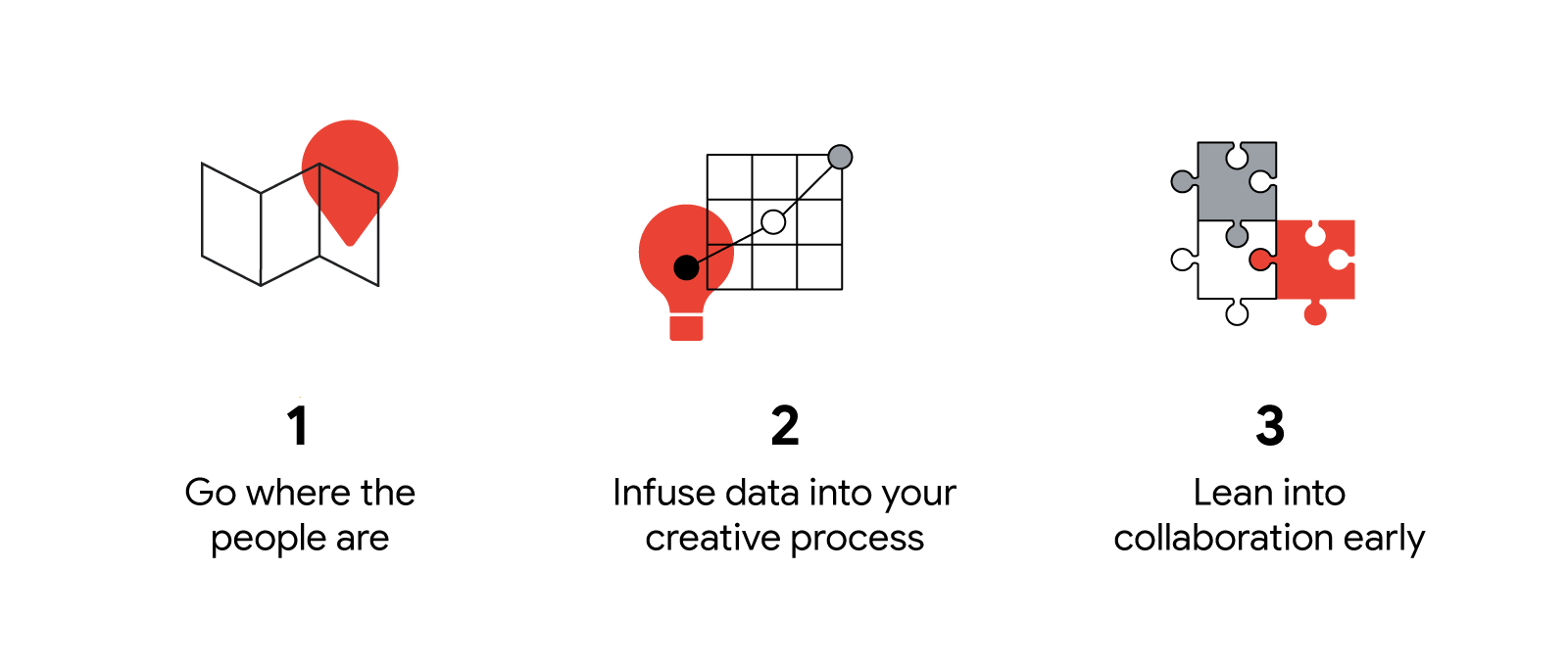By Andrew Robertson
Andrew Robertson, president and CEO at BBDO Worldwide, shares three best practices to create more effective video content amid a changing media landscape.
The ways people watch content — and what they watch — has fundamentally changed. Audiences no longer have a strong allegiance to how content should look, who’s on screen, or what’s considered “good.” In fact, 73% of people describe good content as something personal and relevant that relates to their passions.1 In the context of video advertising, that’s a broad enough definition to allow for a wide spectrum of genres, video lengths, and viewing modes.

Think with Google
Source: Google/Talk Shoppe, U.S., Why Video on TV, n=2,000 A18–64, April 2021.
We kept this insight top of mind when tasked with creating a video campaign for Sheba, the premium cat food brand from Mars Incorporated. To develop the campaign, 4 a.m. Stories, we partnered with Google to create an ad that used autonomous sensory meridian response (ASMR) sleep techniques to help cat parents fall back to sleep. Eschewing traditional media and high production costs, we went straight to YouTube, aiming to break the fourth wall using the Video action campaign format.
The campaign was a success, receiving more than 8 million views across all video assets in its first four nights. Notably, 84% of those views occurred around 4 a.m. in viewers’ respective time zones, suggesting cat owners were awake and receptive to our unorthodox storytelling approach. Our brand results bore this out. “4 a.m. Stories” delivered a nearly 100% uplift in ad recall and a 635% lift in searches for brand terms from those who saw the campaign. It was also honored by the 2022 YouTube Works Awards, winning the Grand Prix, Media Innovation, and Creative Innovation awards.
While every business is unique and outcomes may differ, our learnings from the Sheba campaign offer a glimpse into the emerging best practices for video advertising that any marketer can adopt. So the next time your brief includes video, think beyond linear television to strengthen the depth and reach of your content with the following three tips.

1. Go where the people are
Advertisers need to develop a digital-first mindset to match the culture-wide shift in consumer attention. From 2020 to 2022, the daily average time spent viewing linear TV has decreased about 12.5%, whereas time spent with online video is up 8.7%.2 As digital viewership continues to increase, our teams wanted to be present with relevant content at a time and place consumers were watching, which in this case was ASMR videos at 4 a.m. on YouTube.
By infusing data into every step of your creative process, your teams can take smarter and more informed creative risks.
This approach also enabled our team to buck the status quo and develop unique long-form content that wouldn’t be possible on other platforms. Clocking at just over five hours in length, the “4 a.m. Stories” concept couldn’t work on short-form video apps, social media, or linear TV.
2. Infuse data into your creative process
By infusing data into every step of your creative process, your teams can take smarter and more informed creative risks. This will let you scrap creative assumptions and reframe the conversation among your teams and with your clients to focus on truly impactful work.
We started our “4 a.m. Stories” journey with a simple data point: Cats are instinctively active in the early morning. Begrudgingly or not, owners are left to cope with their cats’ wake-up calls. Pairing this insight with search data gave us confidence that audiences are turning to the soothing sights and sounds of ASMR videos during those predawn hours. We also used YouTube audience insights to ensure we targeted the right people. And we even discovered a new segment that was relevant to the feline-focused food brand.
3. Lean into collaboration early
By leaning into collaboration early on in your projects, your teams can benefit from the unique expertise and capabilities that a proficient partner has to offer. Maybe your organization needs to fill a skills or talent gap, or perhaps you see an opportunity to augment your marketing with the specialized knowledge of an outside team. Whatever the reason, collaboration can help you achieve your goals and even push your teams to do better.
Adopt a flexible, digital-first mindset, act on data, and seek out complementary partners who can enhance the appeal and impact of your work.
For example, our teams tapped into the domain knowledge of sleep scientists from Royal Edinburgh Hospital to help ensure our videos incorporated proper sleep-inducing techniques. We also engaged Google early on in the project to leverage its search insights and platform expertise. Search data helped support and validate our insight that cat owners were up at 4 a.m. and sought online ASMR video at that time. And experimenting with video ad sequencing and various YouTube targeting techniques helped us refine our segmentation and attract more eyeballs.
Seize the digital media opportunity
Amid a fast-changing media landscape — where viewers determine what, how, and when they want to watch content — brands have an opportunity to move quickly to reach people where they are. Build the video content viewers love by adopting a flexible, digital-first mindset, acting on data, and seeking out complementary partners who can enhance the appeal and impact of your work.
This article first appeared on Think with Google.







